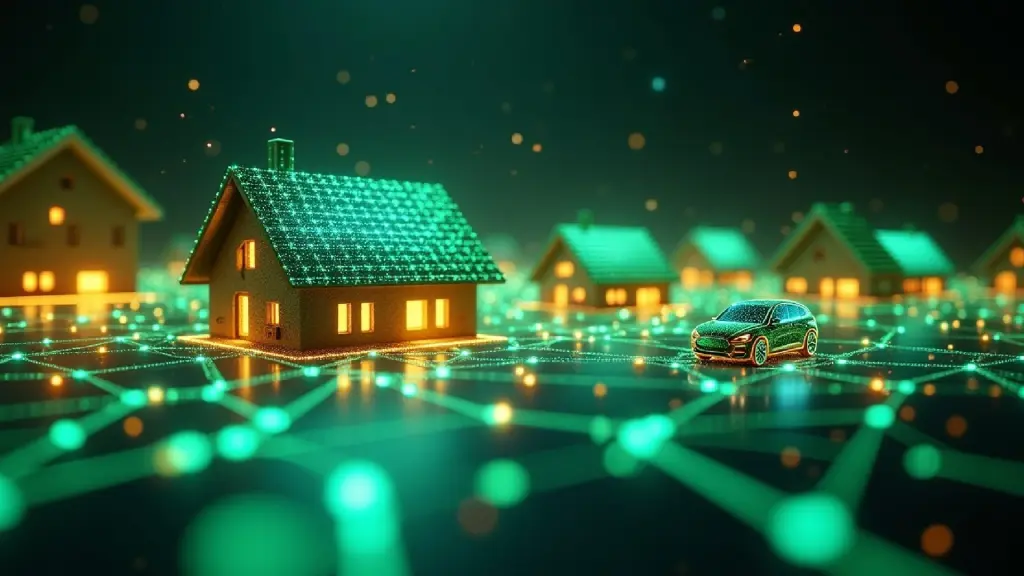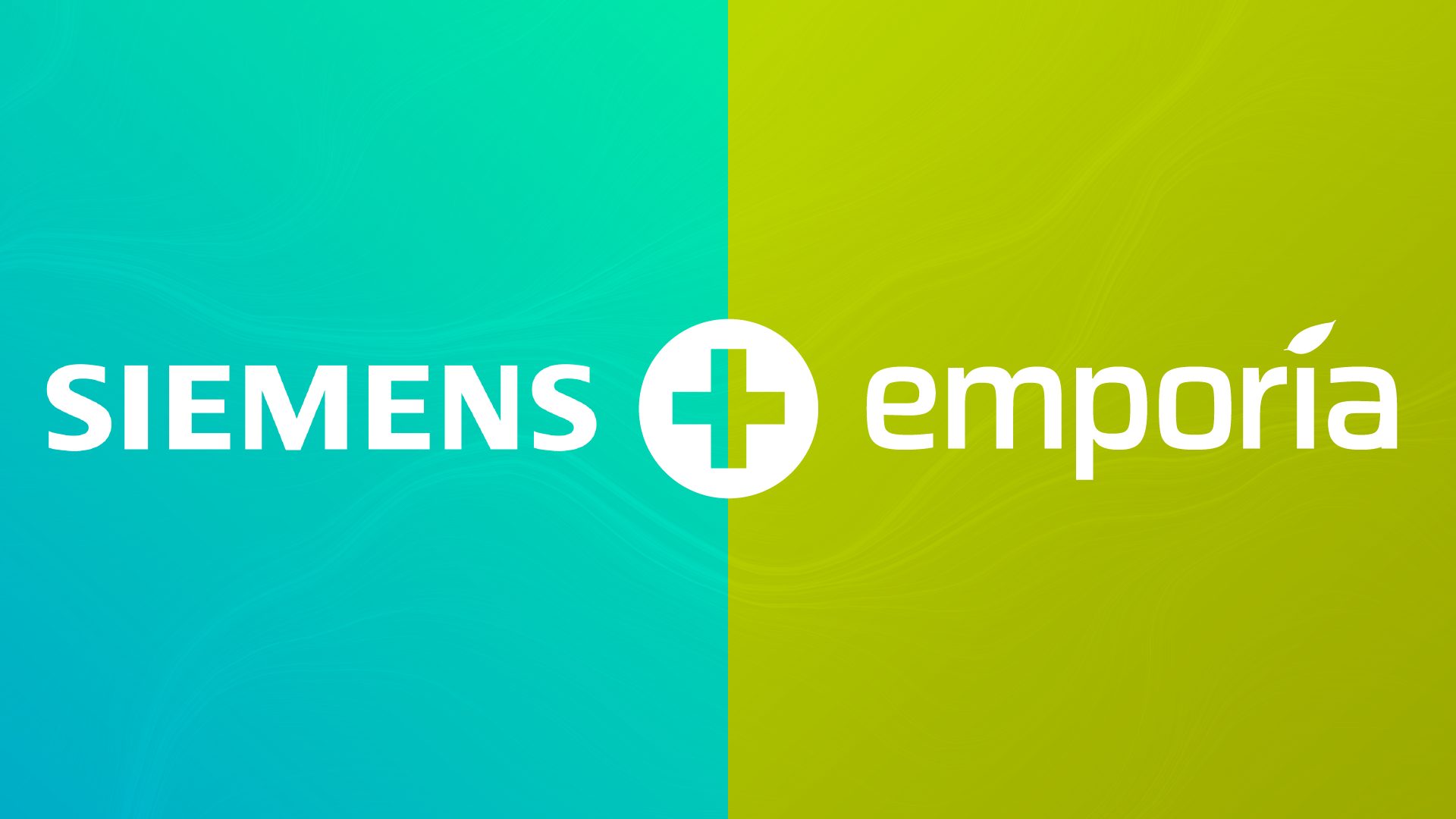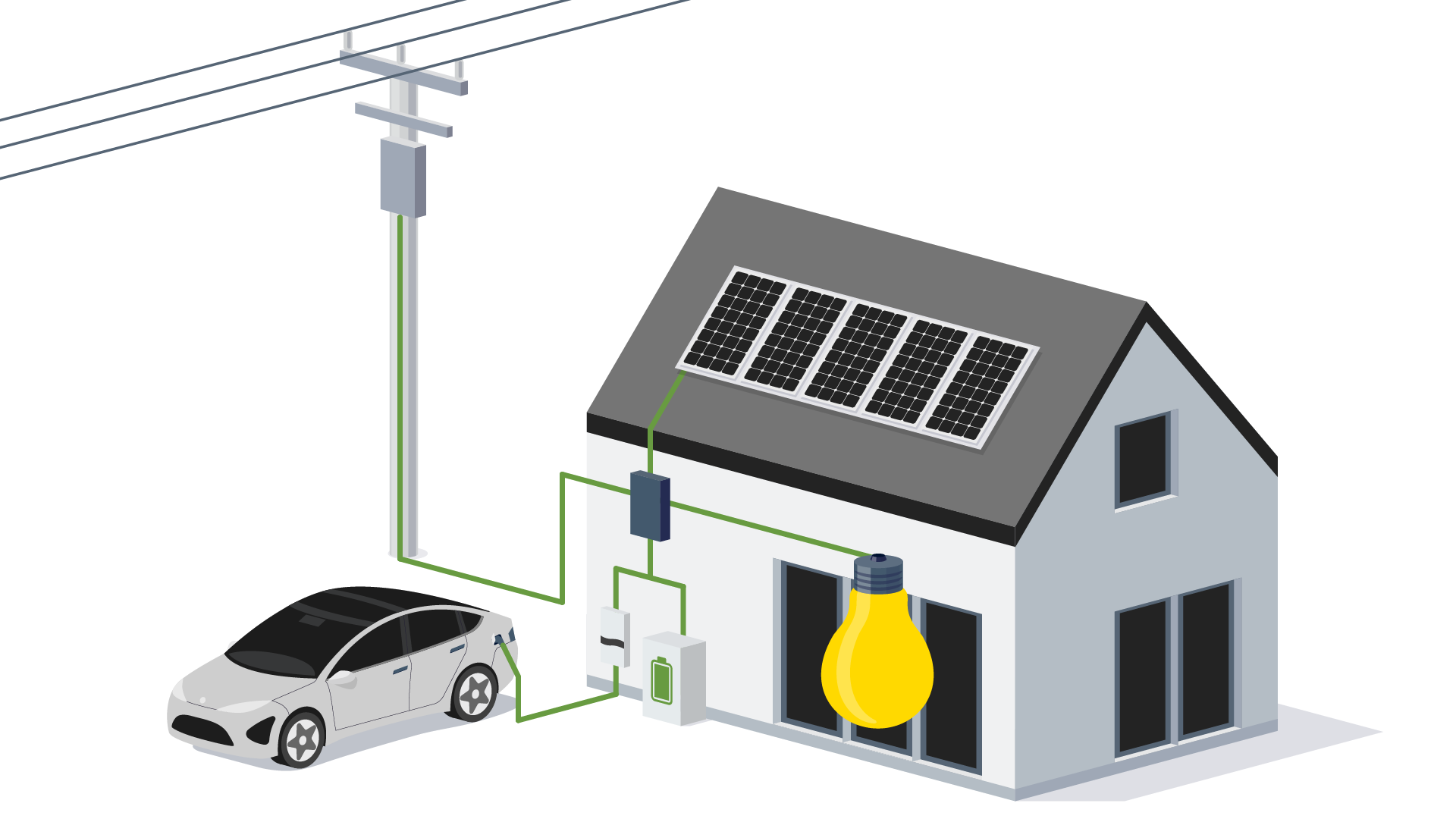The way we use electricity is changing. What used to be simple—power flows from big power plants to your home—is becoming something much smarter, and companies like Emporia are building the tools to help you be part of this shift while saving money in the process. At the heart of this change is something called a Virtual Power Plant (VPP).
What Is a Virtual Power Plant?
Simply put, a Virtual Power Plant (VPP) is a network of distributed energy resources (DERs)—like home batteries, rooftop solar, EV chargers, and smart appliances—that work together as a single power source.
Instead of building expensive and polluting power plants, electric utility companies can use VPP technology to coordinate these devices in homes across their service area. When the grid needs help, these connected devices can reduce demand, shift when they use energy, or even send power back to the grid.
How a VPP Works
Rather than building and running more expensive infrastructure to meet peak electricity demand like a coal power plant, utilities can now coordinate thousands (or millions) of connected devices to reduce demand, shift usage, or even push power back onto the grid.
Here’s how it works in practice: During peak periods—typically late afternoons and evenings when people arrive home, turn on lights, cook dinner, run appliances, and charge electric vehicles—the demand for electricity surges. At the same time, solar generation tapers off, and the grid struggles to supply enough power to everyone.
A VPP steps in by intelligently managing energy across participating homes. It might delay EV charging by 30 minutes, temporarily discharge home batteries to the grid, or pause connected devices. These small adjustments across thousands of homes add up to significant grid relief and energy supply without requiring any action or sacrifice from customers.
The best part? All of this happens automatically in the background. You stay comfortable, your devices still get the power they need, and you often get paid for participating.
Why Virtual Power Plants Are Important
When electricity usage spikes during peak hours of the day, it creates a crunch that’s expensive to solve and often requires firing up dirty backup generators. Plus, building one of these new backup power plant (also known as a Peaker Plant) can cost hundreds of millions of dollars—and it might only run a few hundred hours per year. That’s like buying a Ferrari to drive to the grocery store once a month.
Virtual Power Plants offer a smarter solution. By intelligently coordinating energy use across homes, utilities can smooth out demand without anyone noticing. It’s faster, cheaper, and cleaner than building new power plants.
Why This Matters for You
Virtual Power Plants aren’t just about technology—they’re about creating a better energy system that works for everyone.
VPPs deliver on three main promises:
- More reliable power: When extreme weather or demand strains the grid, Virtual Power Plants can instantly balance demand using devices across thousands of homes—helping avoid blackouts.
- Money in your pocket: By participating in utility grid services programs, you can earn money or lower your utility bills with no changes to how you live—just smart automation working in the background.
- Cleaner air: Replacing dirty backup generators with smart home devices dramatically cuts pollution.
How Emporia Fits In
At Emporia, we’re already helping customers participate in programs that work like early Virtual Power Plants.
Through partnerships with utilities and DERMS (Distributed Energy Resource Management System) providers like WeaveGrid and EnergyHub, we help homeowners enroll their Emporia EV chargers, home batteries, and smart plugs in demand response programs that pay them—or provide bill credits—for helping balance electricity demand.
These programs are active across the U.S., including:
- Xcel’s Charging Perks program
- California’s Demand Side Grid Support (DSGS) pilot
- Massachusetts ConnectedSolutions
- Arizona Public Service’s Smart Charge program
Enrollment is simple, and you stay in control through the Emporia app. You can see a full list of programs our products are eligible for here.
What’s Coming Next
Emporia isn’t just part of today’s Virtual Power Plant movement—we’re building for tomorrow.
That future includes bidirectional EV charging, which turns your electric car into a true energy powerhouse by using the vehicle’s battery as an energy storage system. When connected to a bidirectional charger, your EV will be able to:
- Charge when electricity is cheap
- Power your home during outages
- Zero out your usage during peak times by drawing from the vehicle’s battery so you don’t pay high energy rates
- Participate in grid support programs that earn you money
With more than 1 million EVs expected to support bidirectional charging by 2030, this represents one of the most exciting opportunities in home energy.
How to Get Started
If you’re already an Emporia customer:
- Check if your device qualifies for utility programs in your area (we’ll let you know in the app or by email)
- Stay tuned for announcements as we expand to new utility programs
If you’re new to Emporia:
- Explore how our home energy management platform connects your devices and gives you insight and control
- Know that the products you buy today are built for tomorrow—ready to participate in the energy economy of the future
From Passive to Powerful
Your home doesn’t have to just consume energy. With Emporia, it becomes part of something bigger: a smarter, cleaner grid that puts money back in your pocket.
Virtual Power Plants may be invisible, but their impact is real. And with the right tools, they put the power back where it belongs—in your hands.




